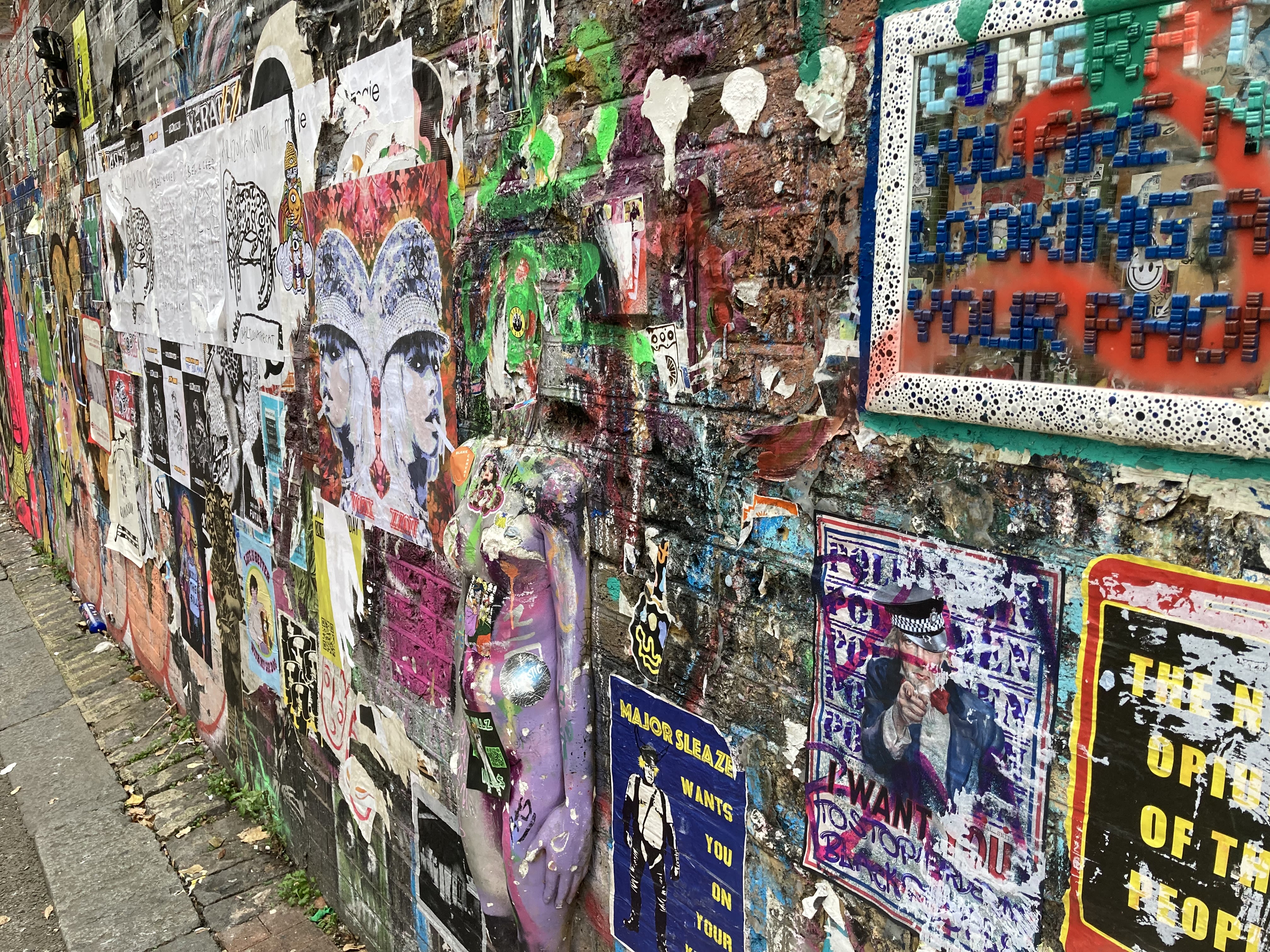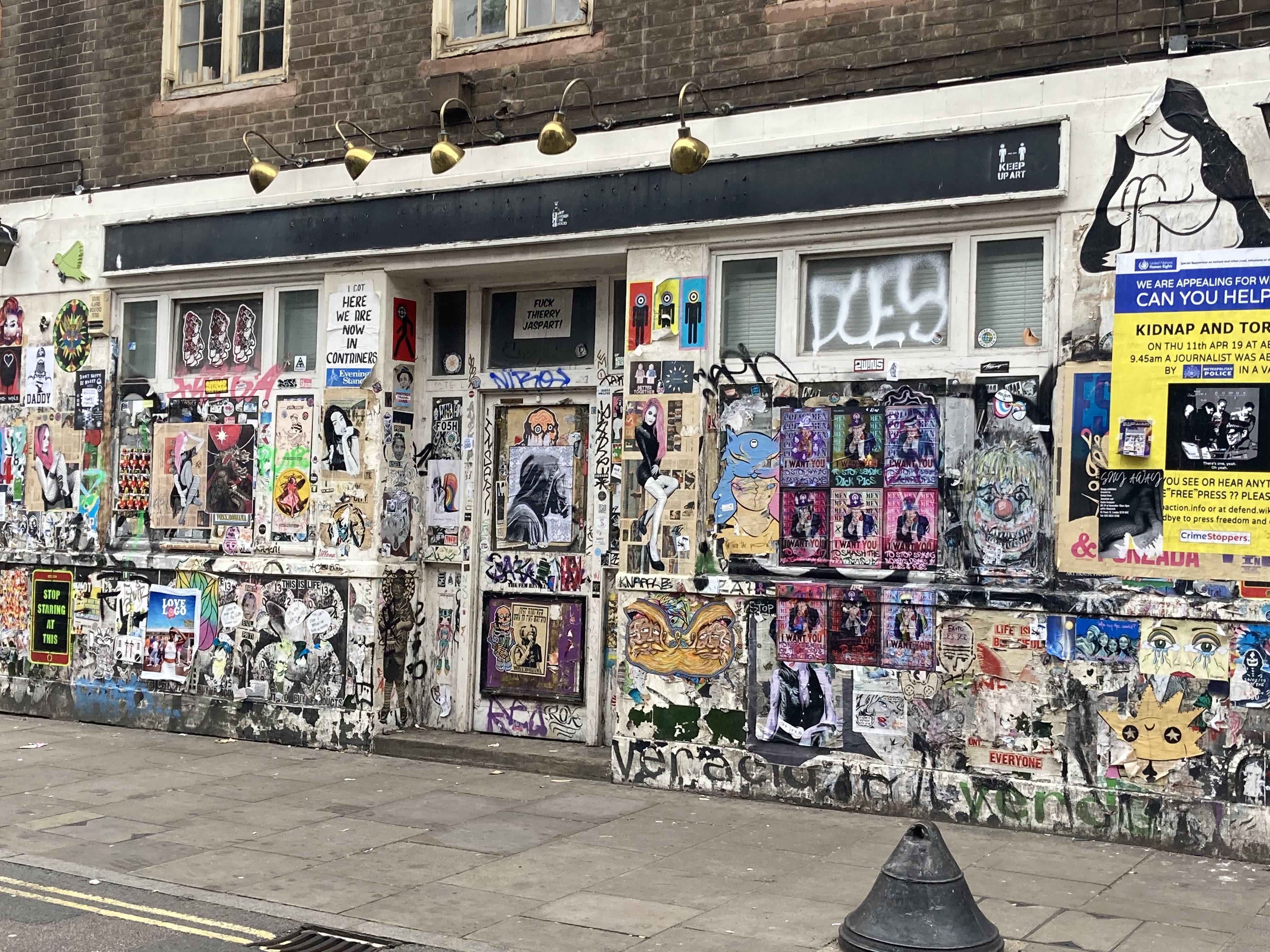Gentrification in Action: Brick Lane
How gentrification endangers ethnic working class communities
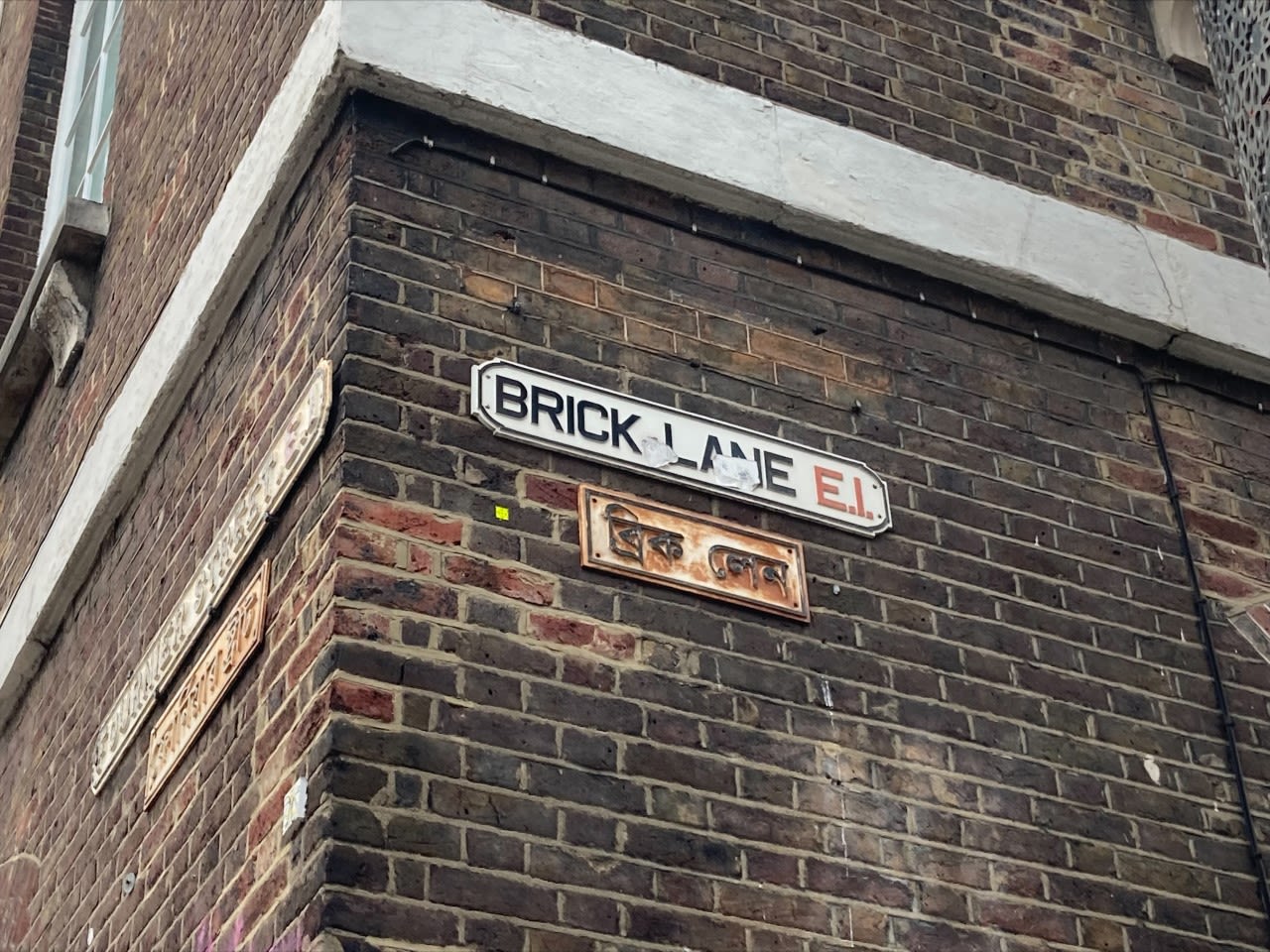
Brick Lane is not just any normal landmark. It has a rich history spanning back decades.
From the prime of the Russian Empire to World War two, Brick Lane has played a major role in settling communities in need of a new home. Those communities were the foundation of what we know as Brick Lane today.
The famous 'Beigel Bake' is evidence of Jewish settlement which occurred in the 1880s as they escaped oppression within Russia.
This bakery will always have a queue outside. According to the most reliable source known to man, Wikipedia, they produce 7,000 bagels per day. I must admit I am still yet to try the food there. I’m a little bit hungry talking about it.
Brick Lane is now under threat as the Tower Hamlets council has approved development plans. New offices, shops and a gym will be built on the Truman Brewery site- a process that locals and campaigners feel will kill off the historical culture of Brick Lane.
The council have received 7,051 letters of objection and only 79 of support according to the Tower Hamlet’s development committee report.
Brick Lane is a place full of vibrance, boosted by the many cultures within it. From food to music there is enough to make your heart more than happy.
This is a place special to everyone in the local area, but especially those within the Bangla community. It is the heart of the Bangladeshi community, known to many as Banglatown.
The Bengal is where the East India Company established itself creating a link to East London and its docks. A link that provided a path for Bengalis to come to the United Kingdom.
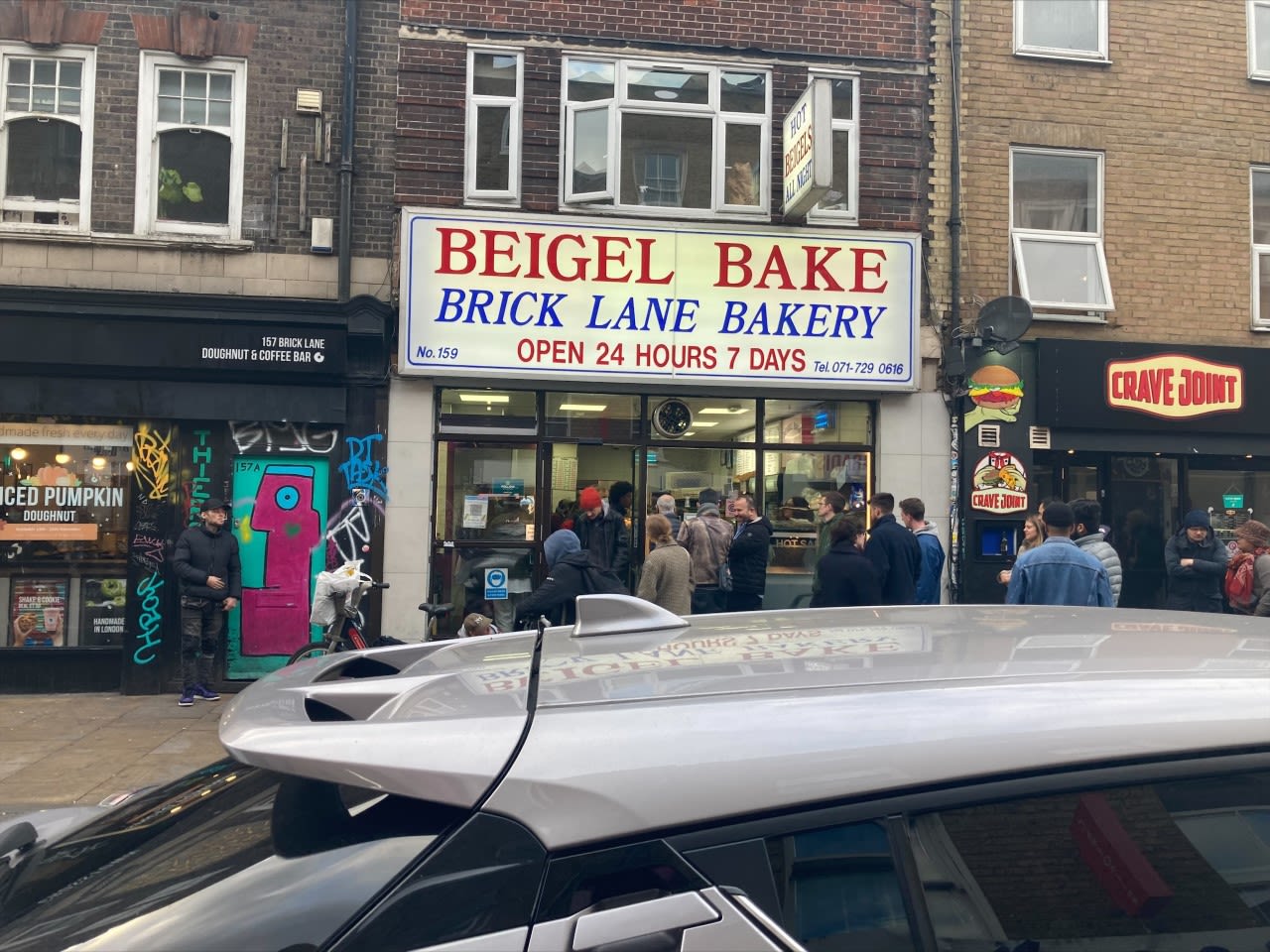
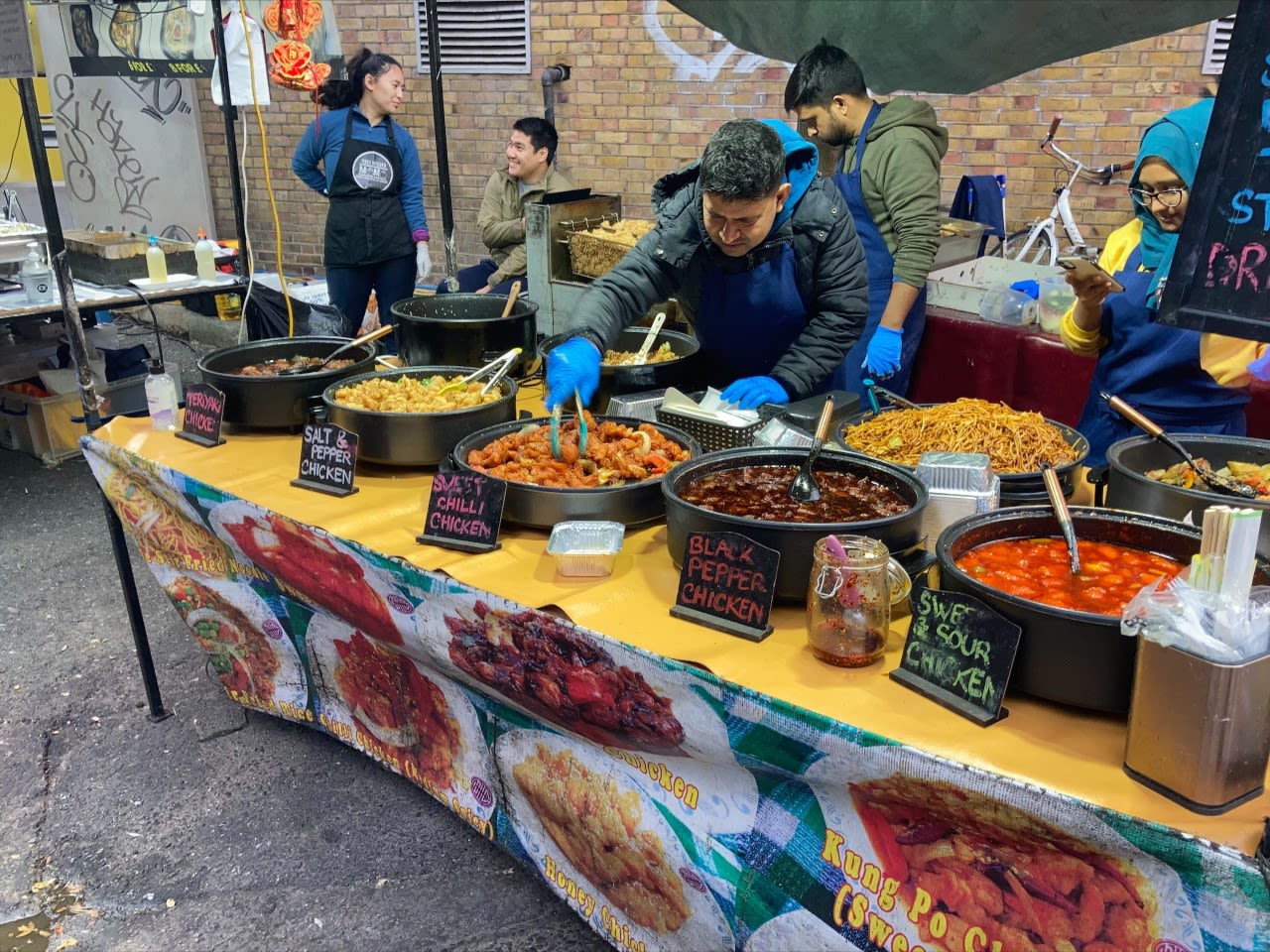
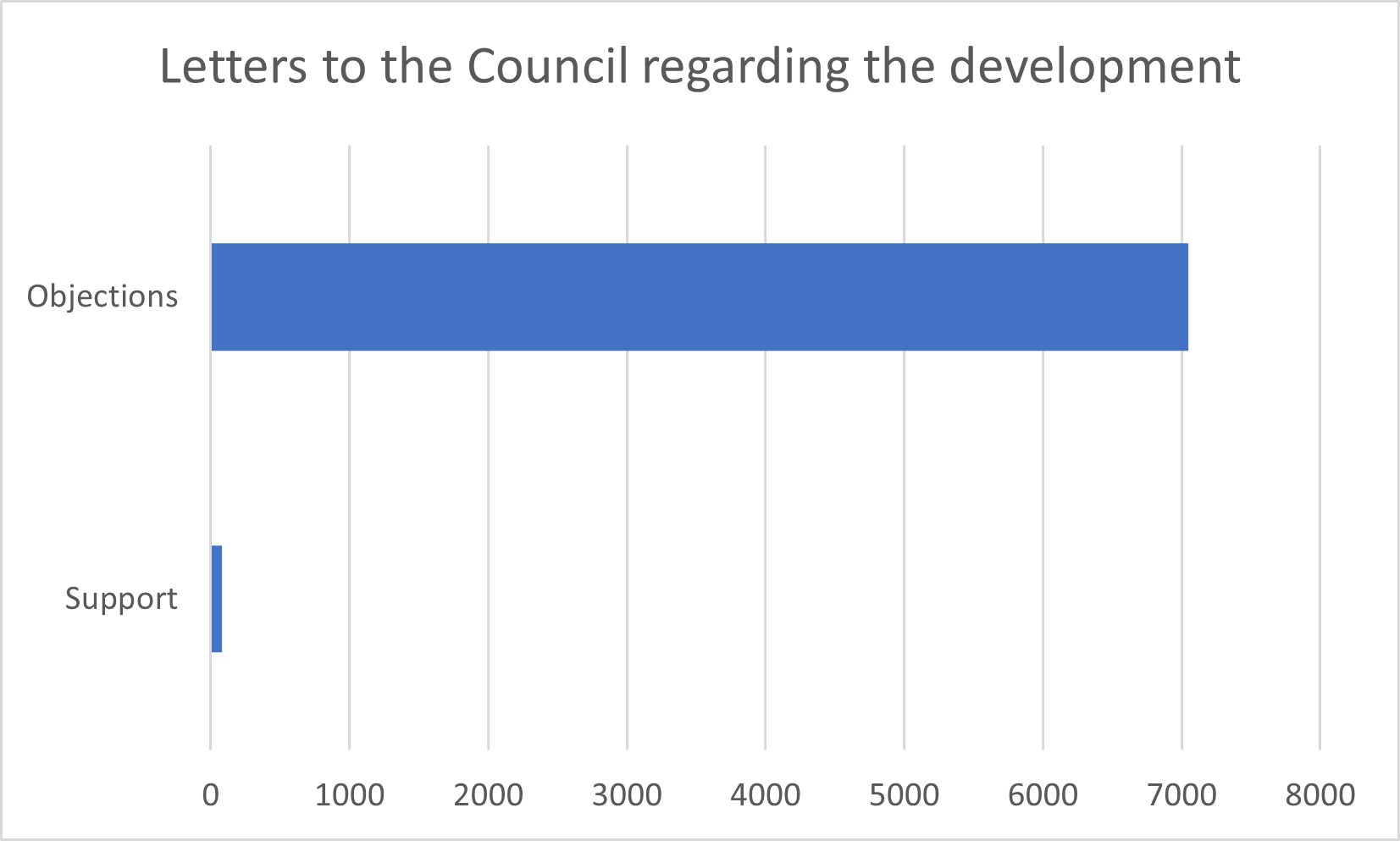
Dr Fatima Rajina, a member of the ‘Save Brick Lane’ campaign, whose grandfather migrated to Brick Lane in the 1960s said: “The majority of Bangladeshis that I’ve interviewed have some sort of link to East London because of the migration patterns.”
When asked if the approved changes will eradicate the culture within Brick Lane she replied: “I think it’s important to emphasize that gentrification has been going on in the area for some time now.”
The ‘Save Brick Lane’ campaign is a coming together of many groups to oppose the development project in their beloved home and community.
In 1995 The Old Truman Brewery was sold to a family called the Zeloofs for £4 million. This was the start of the development and gentrification of Brick Lane.
Dr Rajina claims that the site is now worth around £700 million.
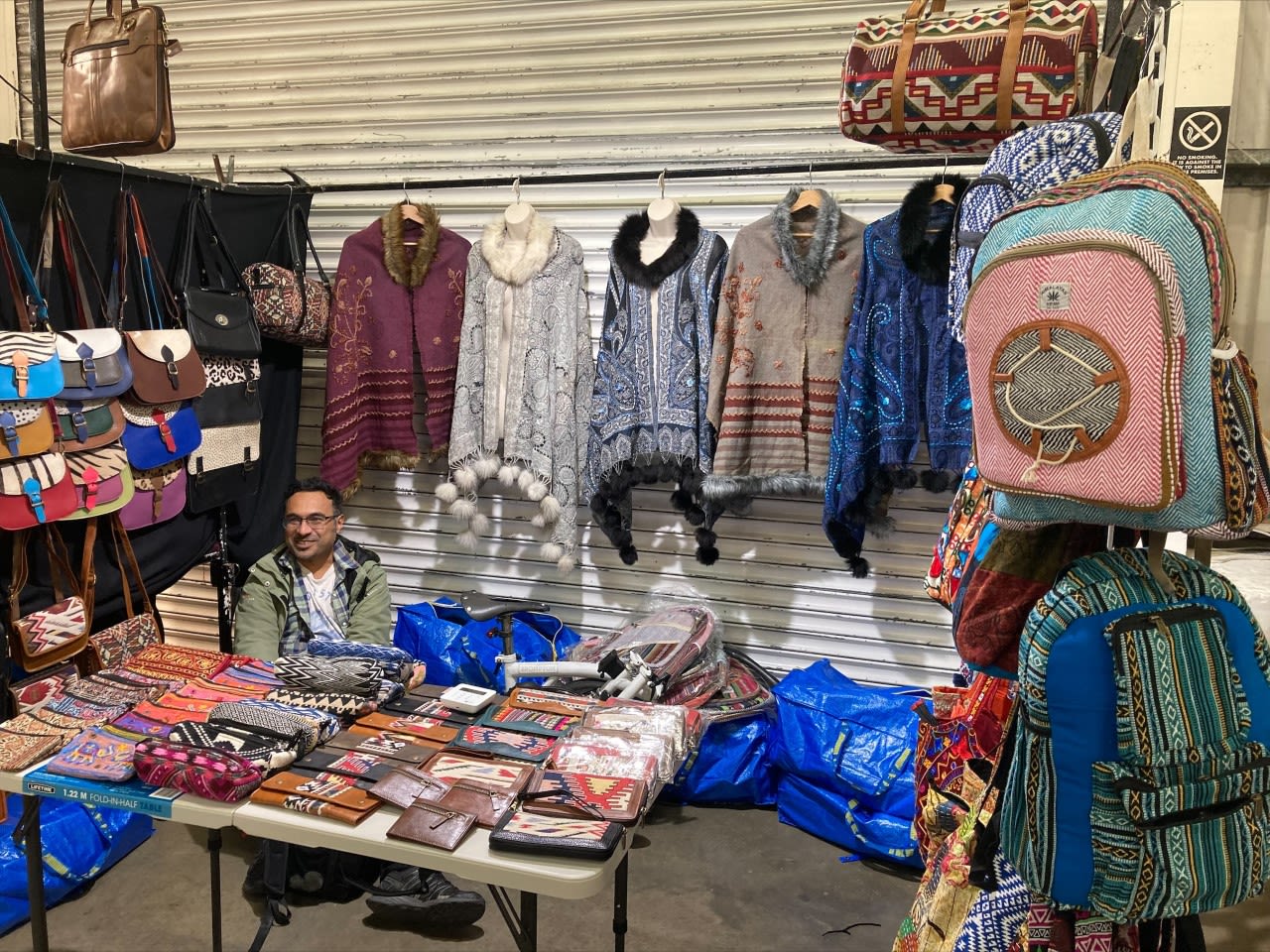
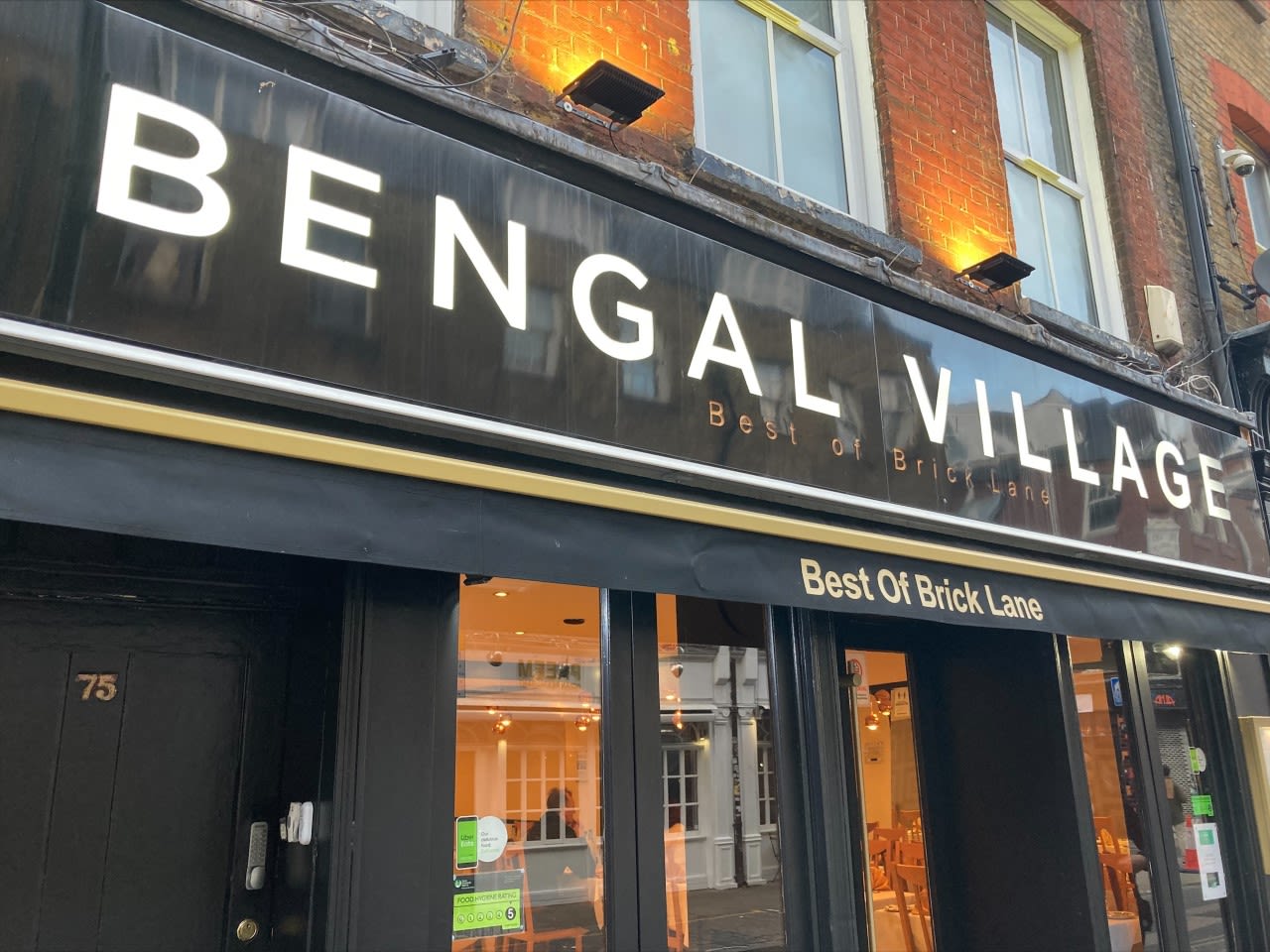
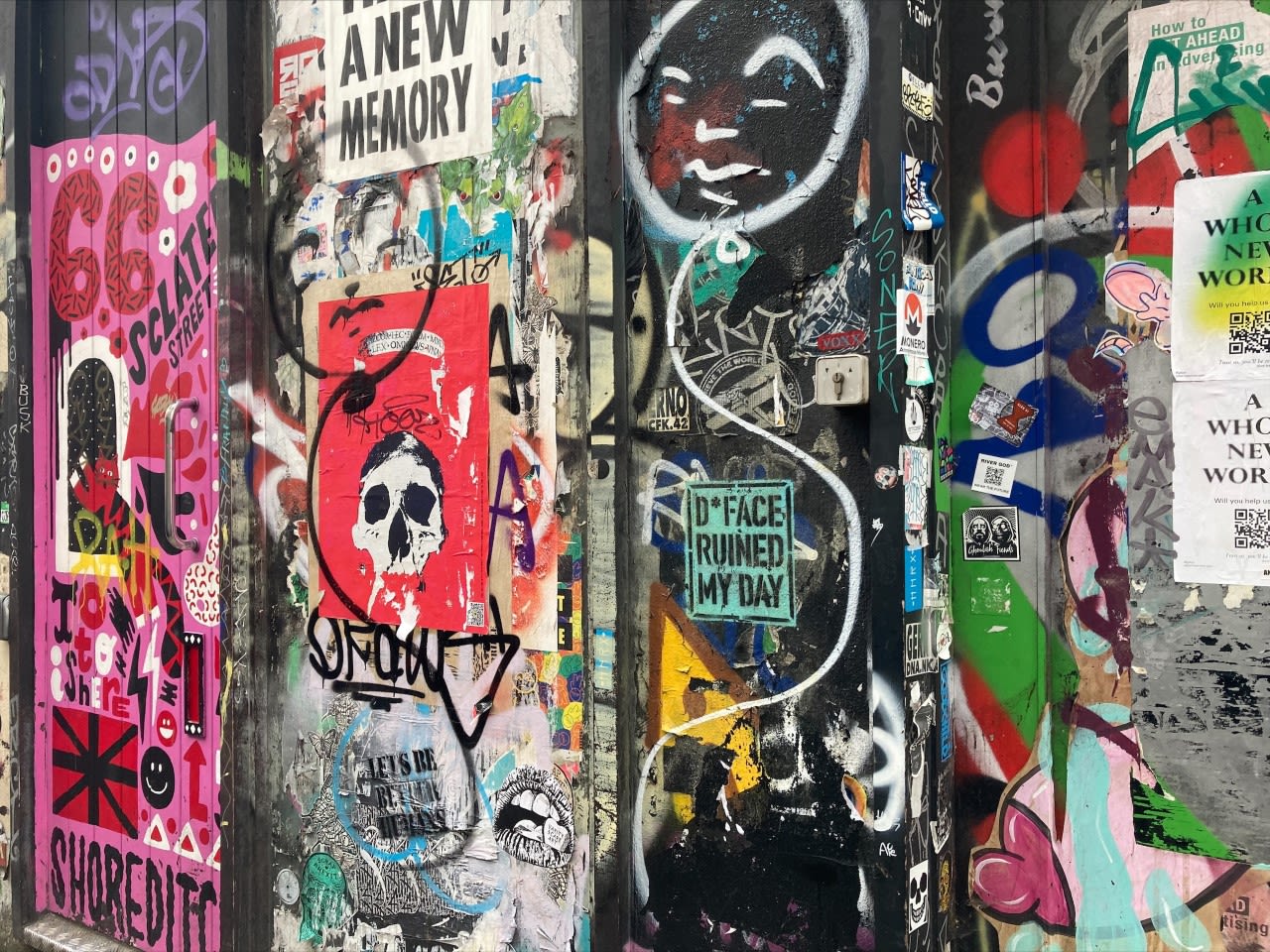
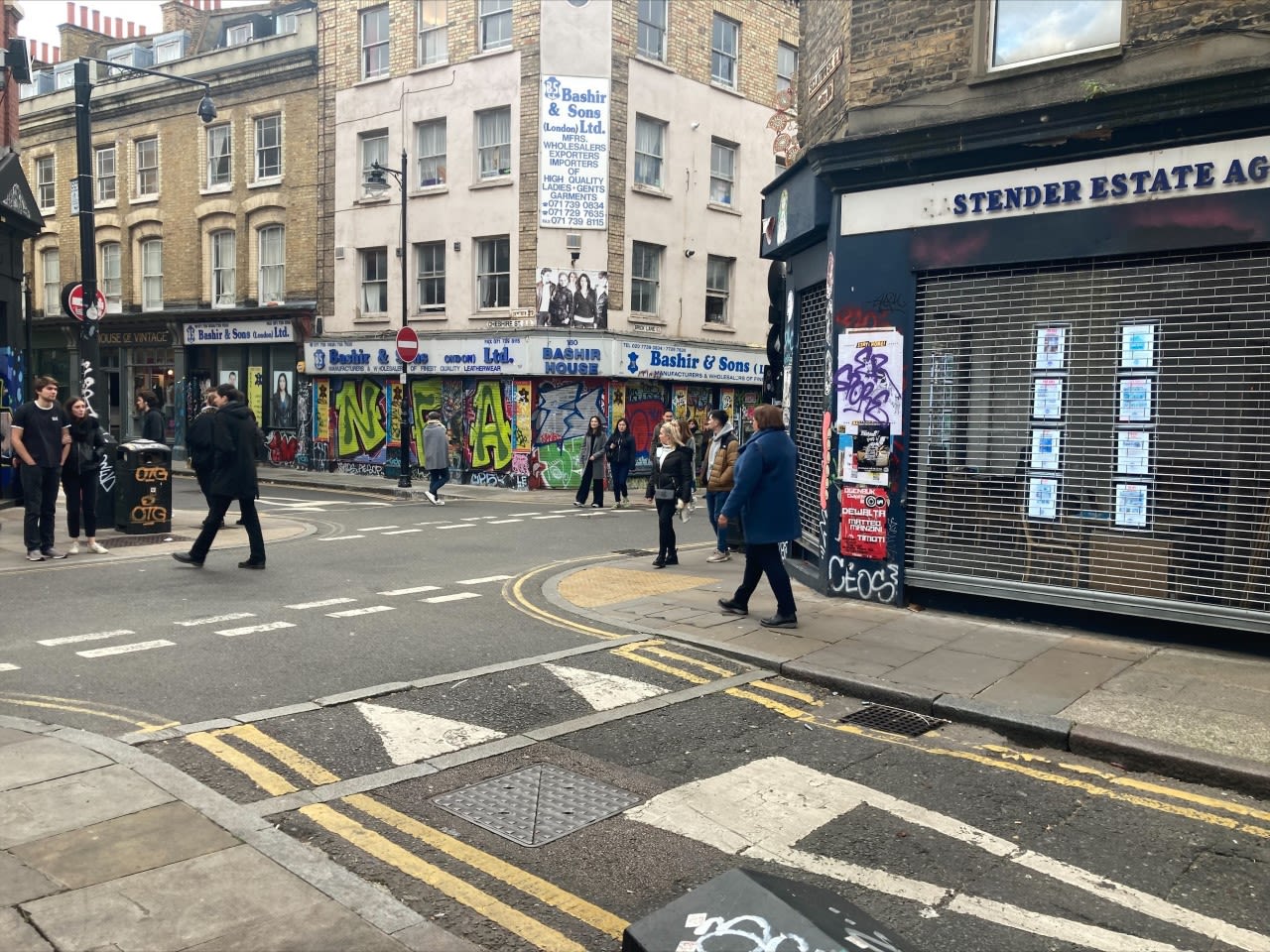
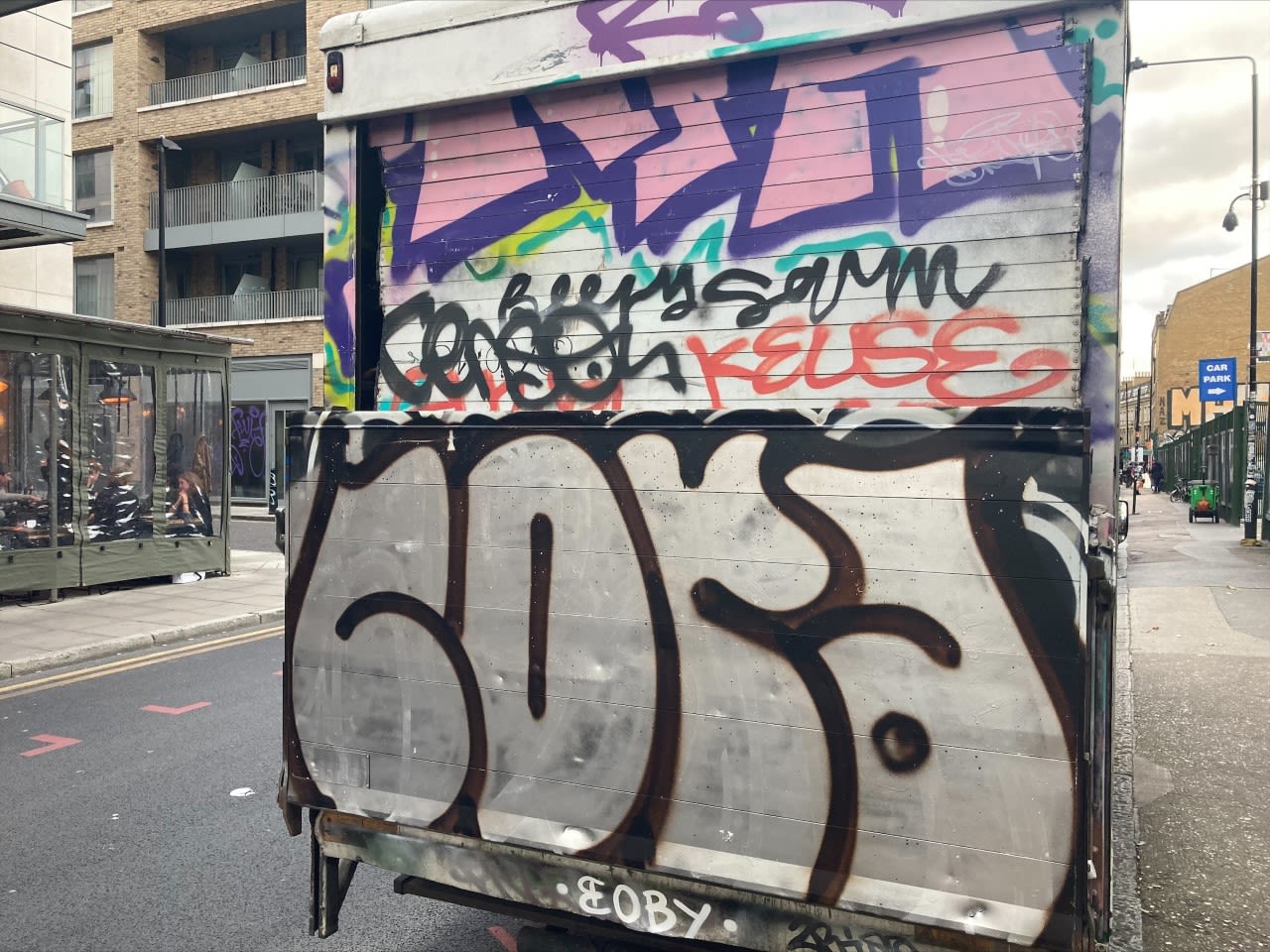


The combination of this along with the developments has led residents and market stall owners to believe that they will be pushed out. Campaigners believe that if things go as planned the little amount left of immigrant working-class identity that it holds will perish.
Procession to protest the “death of Brick Lane”, opposing a new office/shopping development many locals and businesses say is another step towards pushing them out and wiping out the area’s character @nijjormanush pic.twitter.com/uCOHu7v8Eo
— Kaamil Ahmed (@KaamilAhmed) September 12, 2021
Dr Rajina further commented: “They do not consider the local community...There is a disregard for the local community.
“It’s rapidly changing the idea of community and belonging. It is pushing out the working-class community.”
She believes, as so do many, that the Bangladeshi community won’t be able to afford the hikes in prices that will inevitably come along with the developments.
“We’ve seen that in Shoreditch and in Hoxton where you did have more and more Bangladeshi families and a lot of those families moved out.”
Random bits of Bangla on shop fronts in and around Brick Lane
— Fatima Rajina (@DrFatimaRajina) August 30, 2021
The barbershop one is OLD and has an old London number!!! In Bangla it reads: ekane purushder chool kata hoy (here, we cut men’s hair)#BrickLane pic.twitter.com/3WHCpCux1n
Whilst conducting interviews, it was often brought up that Tower Hamlets has a severe housing dilemma. According to the Tower Hamlets government website, the average waiting time for a high priority three-bed house is seven years, four years for a two-bed house, and three years for a one-bed house.
In reality that is probably the quickest time families have to wait.
“It’s the way the system itself isn’t there to consider the social needs of working-class communities,” Dr Rajina said.
Areeb Ullah, a member of the Save Brick Lane campaign said: “We are not against development, what we are against is development that can be at the detriment of the local community.”
He believes that a relationship must be built up between residents and local government to be more transparent.
He said: “The local working-class communities in these areas. The main thing they are yearning for and asking for is affordable housing.
“It feels like Tower Hamlets council is not taking into account these real concerns.”
“There has been a very big lack of consultation. They didn’t even know it was happening on their own doorstep.”
I approached Tower Hamlets council asking for a spokesperson to speak on the matter but they declined.
It is striking that many residents of Tower Hamlets were not aware of the development plans until they were approved and reported by the BBC.
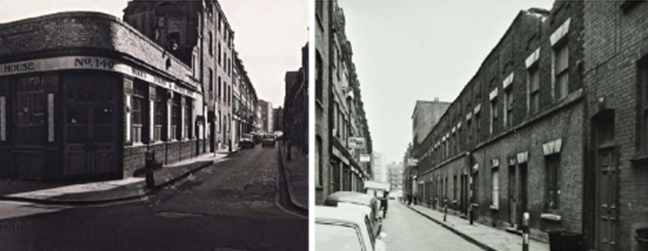
Woodseer Street 1975 (credit: Tower Hamlets Development Committee report)
Woodseer Street 1975 (credit: Tower Hamlets Development Committee report)
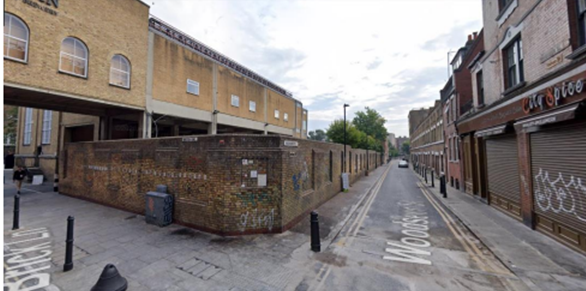
Woodseer Street currently (credit: Tower Hamlets Development Committee report)
Woodseer Street currently (credit: Tower Hamlets Development Committee report)
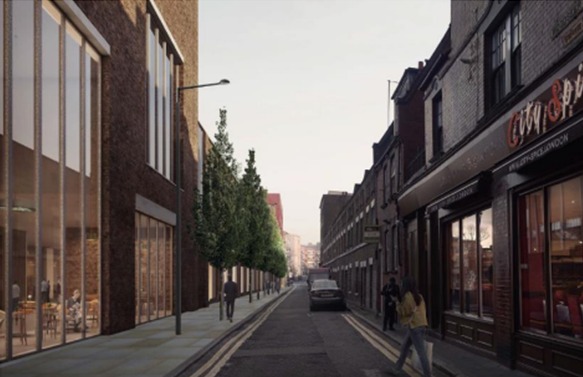
Proposed view of Woodseer Street (credit: Tower Hamlets Development Committee report)
Proposed view of Woodseer Street (credit: Tower Hamlets Development Committee report)
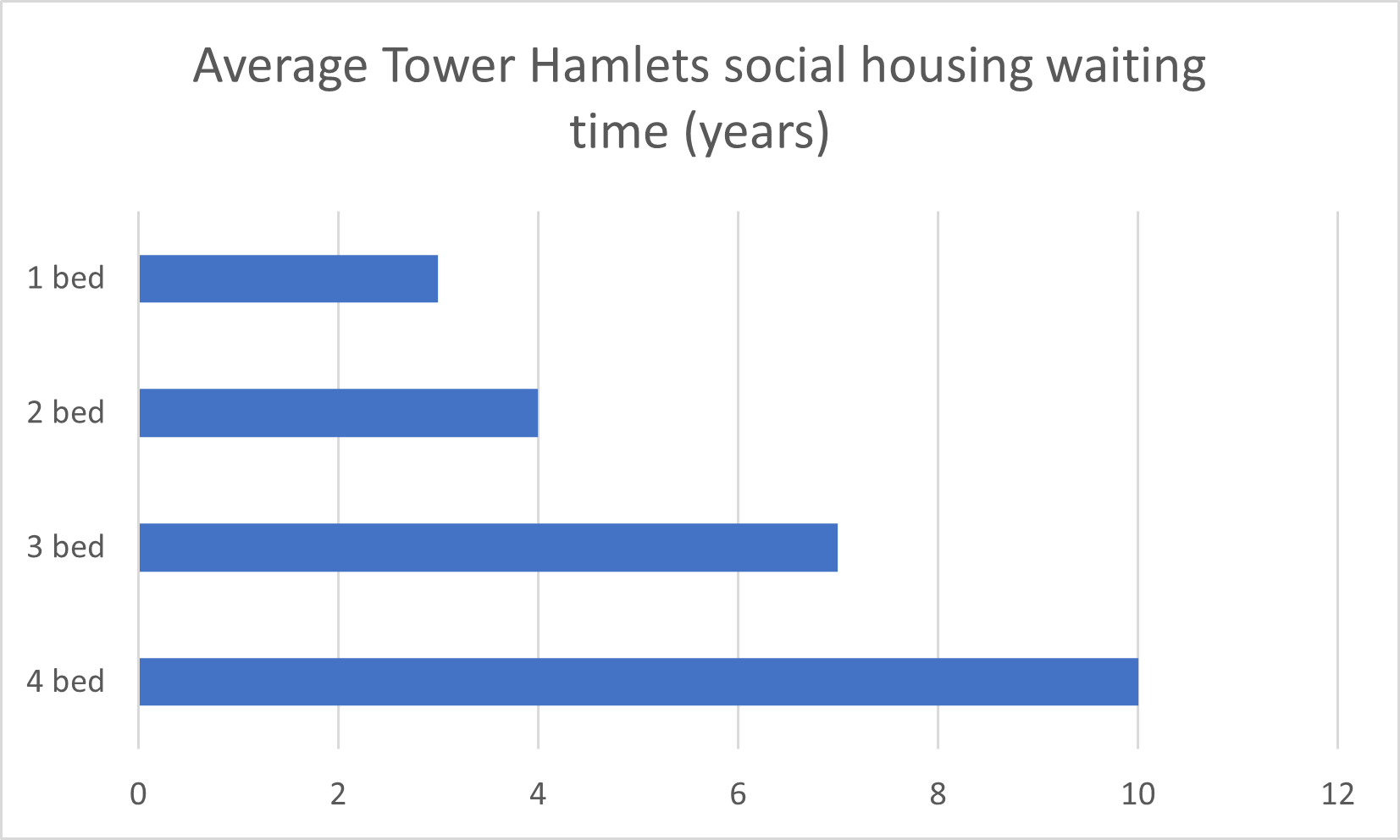
Backyard Market stall owner (Brick Lane)
Backyard Market stall owner (Brick Lane)
Two councillors approved the application at a planning committee of only three people, whilst a letter of opposition was signed by 140 Brick Lane traders, according to the ‘Save Brick Lane’ crowd justice page.
Tower Hamlets council have confirmed that there were three councillors on the planning committee.
Is there a lack of understanding as to how these changes will affect the local community?
I asked London Assembly member for City & East, Unmesh Desai, about his thoughts on the Brick Lane development:
“It's really about making the most of it now… The application was controversial in some quarters but it has been passed and we need to get most of the benefits that come our way,” he said.
He said that he is concerned with affordable housing and jobs, but has failed along with council members to be transparent with the local people.
If they were, residents and those of the ‘Save Brick Lane’ campaign would be willing to cooperate.
He labelled the concerns of the local community in regards to being pushed out, a “perception”. Campaigners want to feel as if their wants and needs are not perceived as a perception but instead a problem that needs fixing as soon as possible.
The ‘Save Brick Lane’ campaign remains hopeful as they attempt different avenues to bring the change to the community.
• Pictures by Layton Ryan-Parson unless credited
